Palais du Luxembourg
Tags : Sightseeing
Timings : Summer: 8.15 AM - 9.30 PM
Winter: 7:30 AM - 4:50 PM
Time Required : Avg. 4 -5 hours, including waiting in queues
Entry Fee : Free
Luxembourg Museum - EUR 12 - EUR 13.
Luxembourg Palace
Palais du Luxembourg, Paris Overview
Palais du Luxembourg, currently, serves as a popular tourist attraction as well as the seat of the Senate of the Fifth Republic. The Luxembourg Garden sits on the south side of the palace and showcases lush green lawns complemented with orchards of pear and apple trees.
Palais du Luxembourg was initially based and built on the designs created by the French architect Salomon de Brosse but was remodelled and redesigned after the French revolution by Jean Chalgrin, into a legislative building after going through an enlargement procedure. The palace was originally built to be the royal residence of the mother of Louis XIII of France, Marie de’Medici. After the death of her husband Henry IV, Marie de’ Medici became the regent to her son and hence, had herself a new palace erected; Luxembourg Palace, since she had levelled up to a much more powerful position. It consists of statues of notable people like Turgot and l’Hopital, and octagonal basins of water, especially the Grand Bassin, where children usually come to sail their paper boats. At the western side of the palace is the Petit Luxembourg, a hotel which is the residence of the Senate President. Moving further west, one will see the Musee du Luxembourg, an art museum.
Read More on Palais du Luxembourg
Places of Interest in Palais du Luxembourg
1. Luxembourg Museum
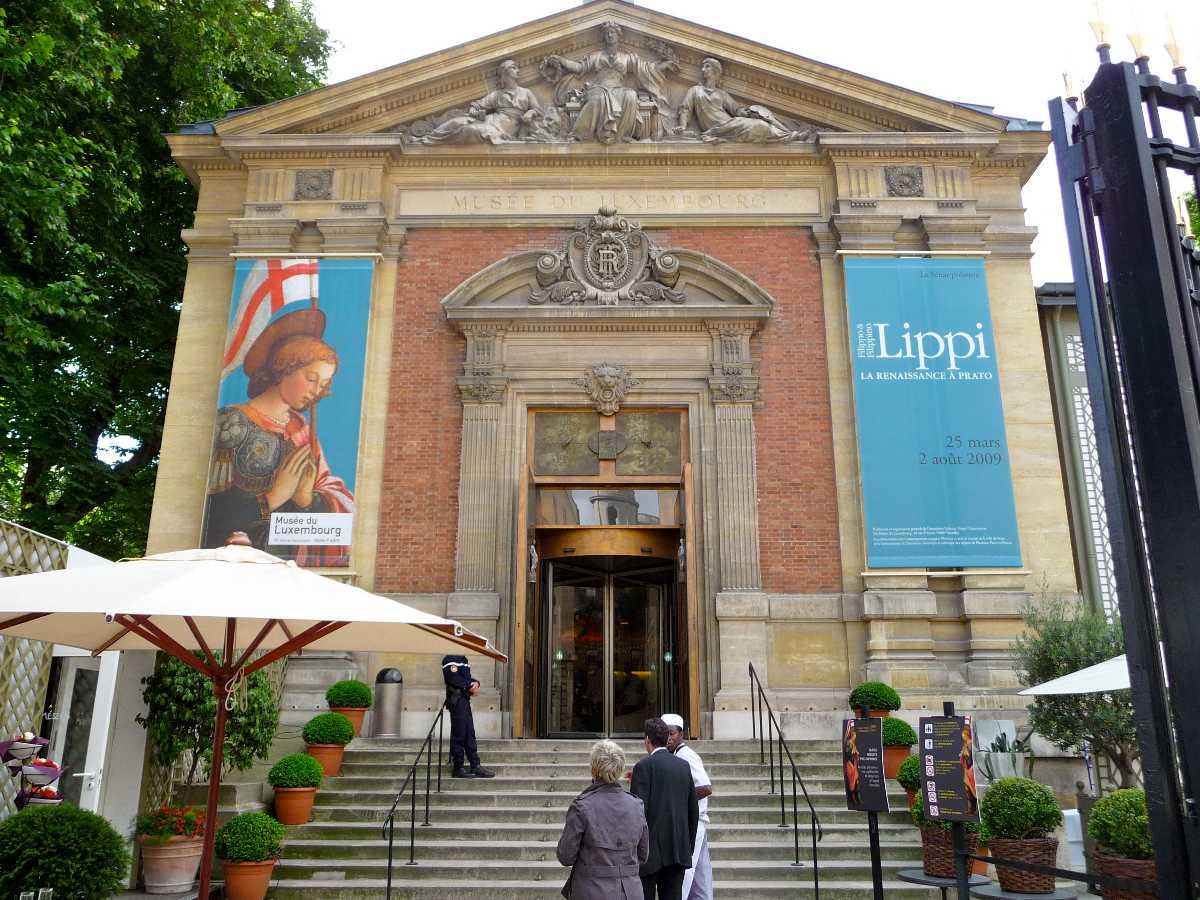
The Luxembourg Museum is located inside the Luxembourg Palace, which is centrally dedicated to showcasing artworks. A modern decor exhibition called Les Nabis et le decor showcasing the work of the true pioneers of modern decor - Bonnard, Vuillard, Maurice Denis, Sérusier, Ranson and Vallotton - is the current attraction at the museum.
Timings: 10.30 AM - 7 PM (concludes at 10 PM on late Mondays)
Price: EUR 12 - EUR 13; Official website at museeduluxembourg.
2. Statues at the Luxembourg Gardens
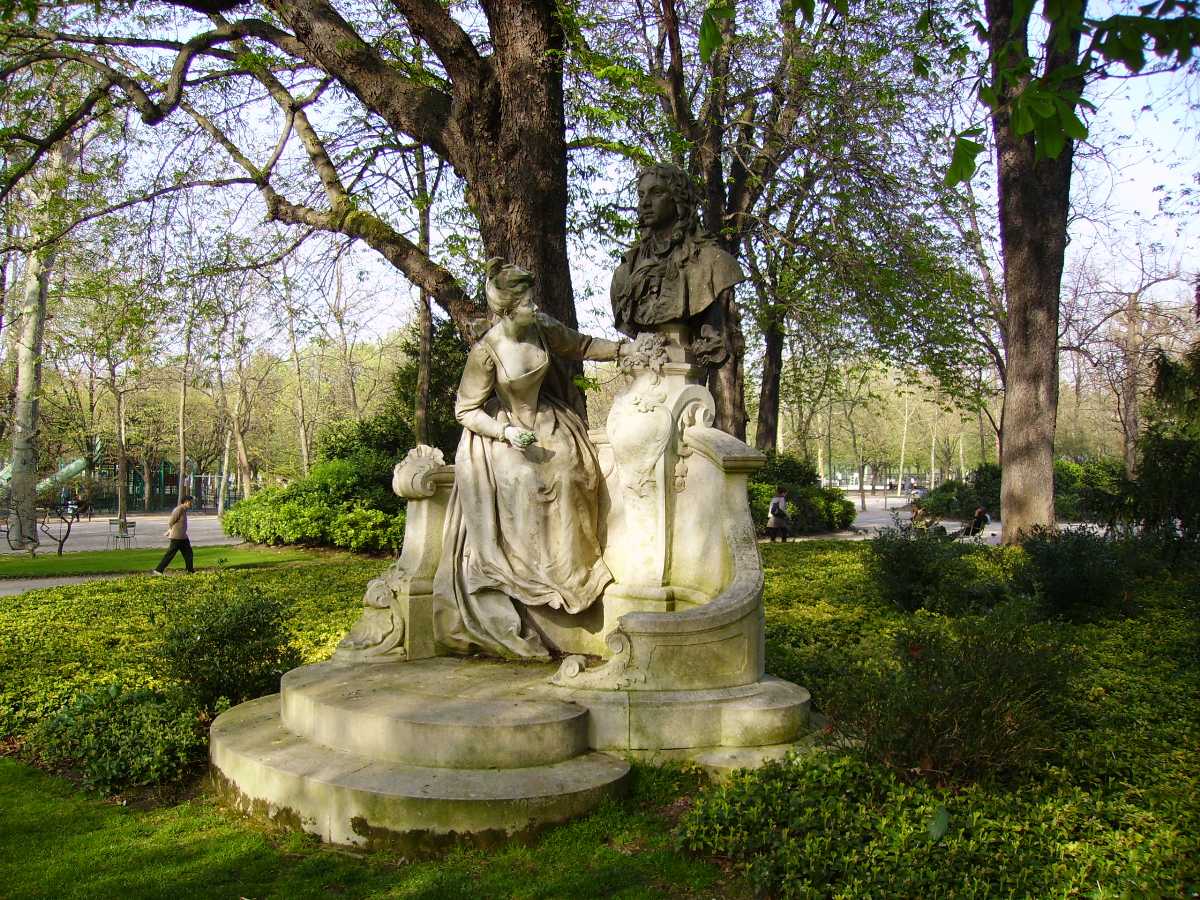
Throughout the Luxembourg Gardens, visitors may find over 100 statues that date back to the 19th century. These include notable women from various periods of Europe, famous French queens such as Sainte Genevieve, Sainte Clotilde and Sainte Bathilde, and even a miniature figure of the Statue of Liberty.
Timings: 8.30 AM - 9.30 PM
Price: Free; Official website at senat.
3. Puppet Theatre at Luxembourg Gardens
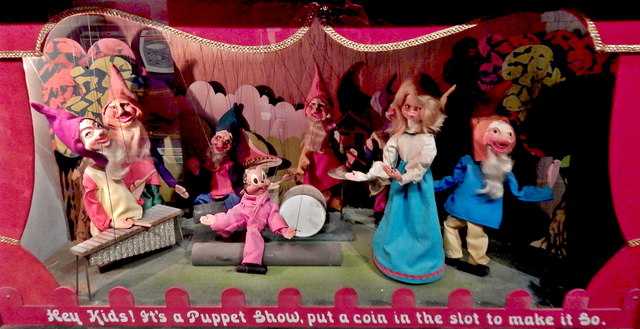
It was created by Robert Desarthis, the son of a toy manufacturer, in 1933. Theatrical shows which consist of magic shows and famous fairy tales like The Cinderella Wedding, The Adventures of Pinnochio, Puss in Boots, Little Red Riding Hood and The Treasure of the Sultan are held in the theatre. These shows turn out to be an enjoyable source of entertainment, especially for kids. The venue can accommodate up to 275 spectators at once.
Timings: 2.45 PM - 5.30 PM
Price: EUR 6; Official website at marionettesduluxembourg.
4. L’Orangerie du Jardin du Luxembourg
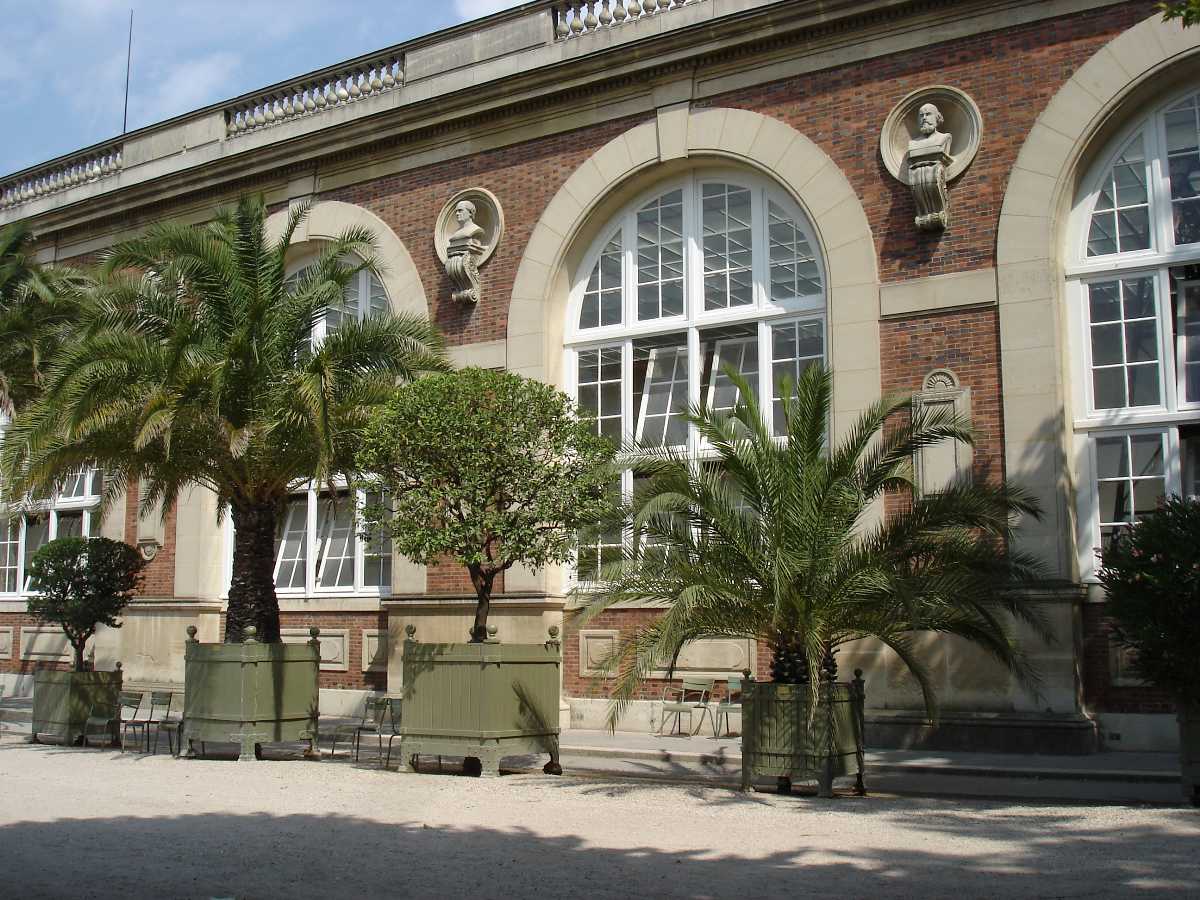
The Orangerie inside the Luxembourg Gardens is an art gallery primarily famous for its collection of impressionist and post-impressionist paintings by artists like Durand-Ruel and Paul Guillaume. Initially, it was used solely for the purpose of protecting orange and palm trees from the cold northern winds.
Timings: 9 AM - 6 PM
Price: EUR 9 - 12 ; Official website at musee-orangerie.
Luxembourg Palace Architecture
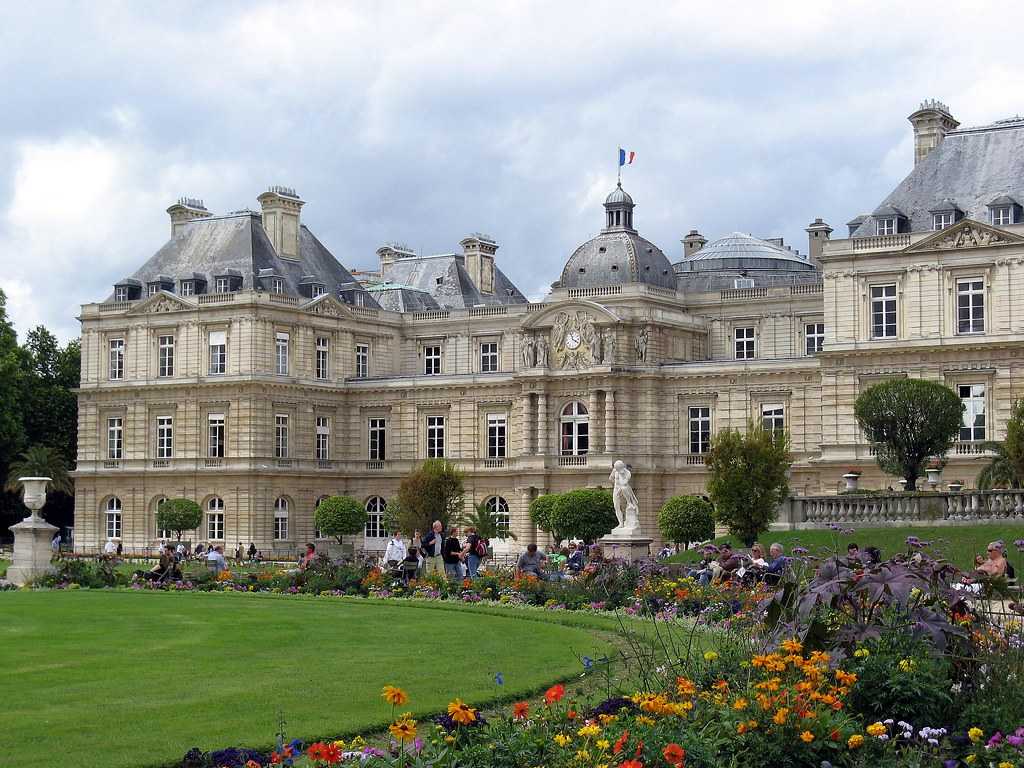
The Luxembourg Palace is a noteworthy place of interest and the garden is the largest public park in all of Paris. The garden has exquisite fountains, namely the Fountain of Marie de Medici and Fountain de Leda, that adorn it beautifully. The garden is designed in such a way that tennis and chess players get ample space to practice their games.
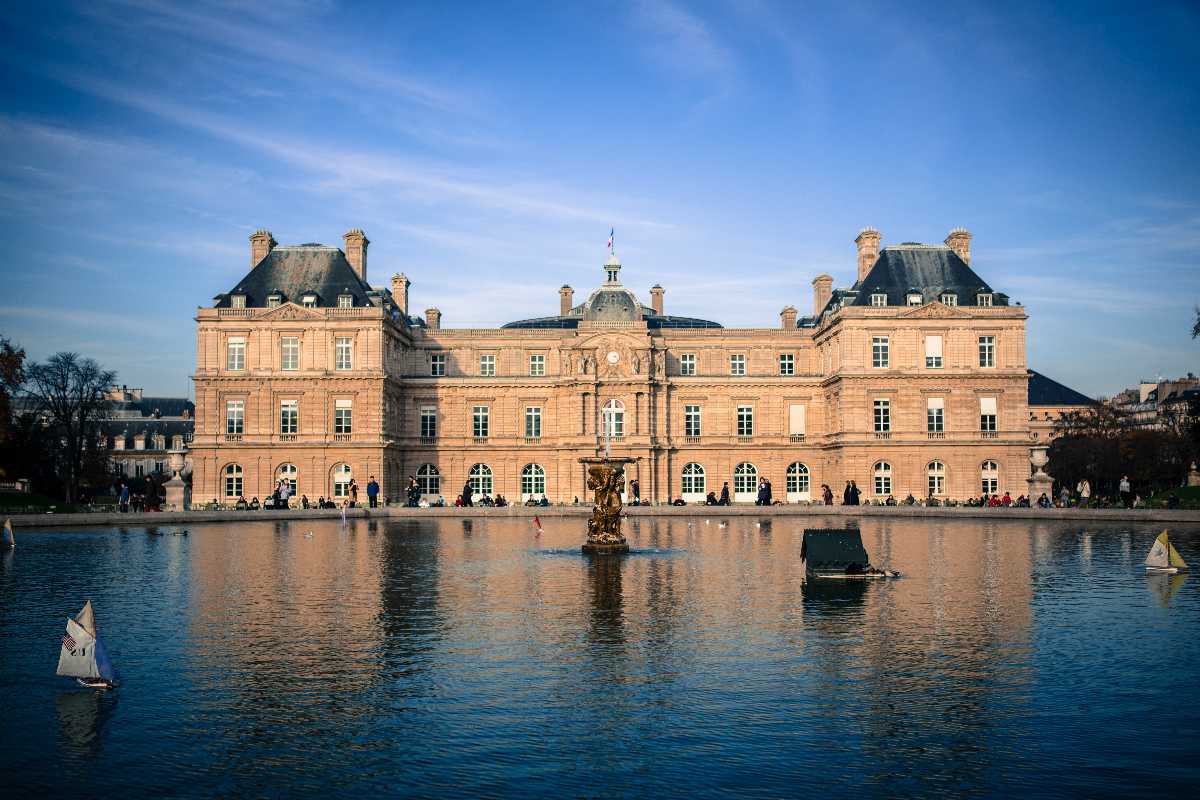
The Palais du Luxembourg is a typical example of classical 17th Century French Baroque style of architecture. Exaggerated ornamentation, extensive contrast through light and shadow, an external facade symbolized via central projection, and other stylistic elements are the primary highlights of the Luxembourg Palace.
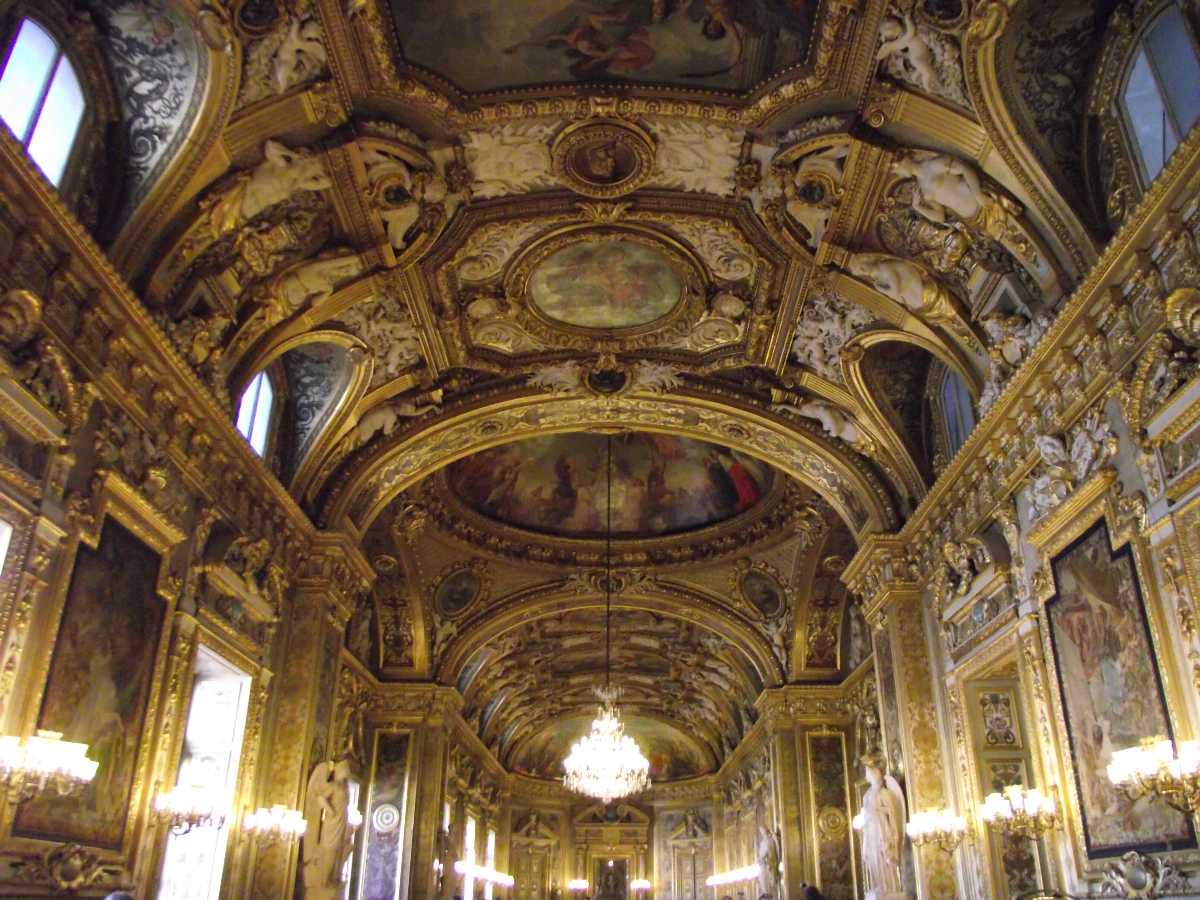
When it comes to the interior architecture of the palace, the critical detailing and intricate decorations are one of a kind. In the Senate Chamber, there are seven statues of notable people in the history of France like Turgot, d’Aguesseau and Colbert, which are gracefully sculpted and erected to face the central area of the chamber. The ceiling of the library is painted with Dante’s Inferno by Delacroix, which rests perfectly in the peaceful setting of the library
Luxembourg Palace History

The palace was erected on the Hotel de Luxembourg after Marie de’Medici purchased it in 1645. The Palais du Luxembourg inherits its design from the Palazzo Pitti in Florence. Under the command of Marie de’Medici, the architect Metezeau was instructed to go to Florence and draw pictures of the Palazzo Pitti, to draw inspiration from it and construct the palace. Initially, she named the royal residence as Palais Medicis, after her own name, but was later changed to Luxembourg Palace.
The transformation of this building into a legislative one took six years to complete. Several changes had to be introduced in order to achieve this transformation. The grand central staircase had to be demolished and the Senate Chamber was constructed in its stead. A library was made by enclosing the flanking terraces of the palace. Subsequently, during another renovation process, a new garden was added along corps de logis. In Germany-occupied France, Hermann Goring made the palace into the headquarters of the Luftwaffe.
